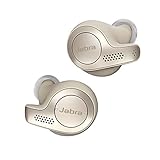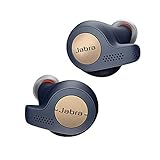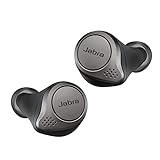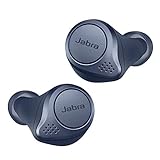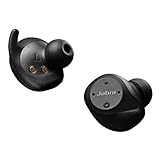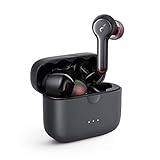Bang & Olufsen Beoplay E8 2.0 vs Sennheiser SPORT True Wireless - Where are the differences?
Where are the differences?
There are a few differences between the two True-Wireless Headphones. Let's take a closer look at the points in comparison between the Beoplay E8 2.0 from Bang & Olufsen and the Sennheiser SPORT True Wireless.
Which headphones have the better battery life?
A crucial point for headphones without cables is always the battery life. Here many headphones differ and the capacity grows from year to year. The battery life of the Sennheiser SPORT True Wireless is longer here with 9,0 hours, which is of course better. With a lower battery life of up to 4,0 hours, the Bang & Olufsen Beoplay E8 2.0 scores worse at this point. Depending on the settings, the battery life turns out significantly lower. The specifications always refer to the ideal case.
For true-wireless headphones, an additional battery in the case has become popular. This way the headphones gain more battery life and can be conveniently charged on the go. Here the Sennheiser SPORT True Wireless* offers more power overall. With Case, the headphones have a battery life of up to 27,0 hours. With the Bang & Olufsen Beoplay E8 2.0, the battery life is up to 16,0 hours.
Noise Cancelling: ANC
Practical, but not always available: Atkive Noise Cancelling. Both headphones come without Active Noise Cancelling (short: ANC). Thus, you have to do without active noise cancellation with the Bang & Olufsen Beoplay E8 2.0 and the Sennheiser SPORT True Wireless.
How many microphones are there?
Let's move on to the topic of microphones, which also have an impact on voice quality and noise cancellation. Most headphones no longer relied on just one microphone, but several. Here, with 2 microphones per earbud, there is no difference.
Welche Bluetooth Version ist verbaut?
Die beiden TWS-Kopfhörer aus dem Vergleich laufen über Bluetooth. Eine höhere Version ist hier immer besser und wirkt sich auf die Übertragung wie auch den Energieverbrauch aus. Vergleichn wir hier den Bang & Olufsen Beoplay E8 2.0 und Sennheiser SPORT True Wireless, sehen wir Unterschiede:
- Bang & Olufsen Beoplay E8 2.0: Bluetooth 4.2
- Sennheiser SPORT True Wireless: Bluetooth 5.2
Driver size of the headphones
.The larger the driver of a headphone, the better it can reproduce low tones (bass). At this point, the two headphones do not differ. Both have a driver size of 5 mm.
Are there changeable attachments?
For better carrying comfort, both wireless headphones from the comparison offer interchangeable attachments. The number of pieces is also identical with . Thus, we have no winner and no loser at this point.
Are the headphones waterproof?
Both headphones from the comparison have IP54 certification. However, an IP certification does not directly mean waterproof. Depending on the certification, the headphones are only water- or sweat-resistant. However, a higher number in the certification is generally better. With Bluetooth headphones there is also the problem that Bluetooth is disturbed by water. Thus, the use when swimming is only possible with special headphones.

